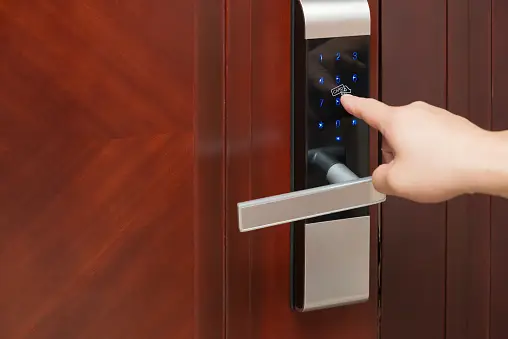Smart locks have come a long way since their introduction, and their evolution continues to shape the way we secure our homes. The journey from traditional locks to cutting-edge smart locks has been marked by several significant advancements:
1. Connectivity and Remote Control:
Early smart locks required proximity to a connected device to operate. However, modern smart locks have evolved to offer remote access through Wi-Fi or Bluetooth connectivity. This means you can control your smart lock from anywhere in the world using your smartphone, providing a new level of convenience and peace of mind.
2. Enhanced Security Features:
As technology has advanced, so has the security of smart locks. Features like two-factor authentication, encryption, and tamper detection have become standard in many models, making it even more challenging for unauthorized individuals to gain access to your home.
3. Integration with Smart Home Ecosystems:
The ability to integrate smart locks with broader smart home ecosystems has been a game-changer. You can now link your smart lock to other devices, such as security cameras and voice-controlled assistants, allowing for seamless automation and control of your home.
4. Biometric Authentication:
Some of the latest smart locks offer biometric authentication methods, such as fingerprint scanning and facial recognition. This takes security and convenience to a whole new level, ensuring that only authorized individuals can enter your home.
5. Eco-Friendly Features:
Many smart locks are designed with energy-saving features, like low-power consumption and the ability to run on batteries for extended periods. This reduces the environmental impact while maintaining reliable security.
The evolution of smart lock technology is far from over, and we can expect even more exciting innovations in the coming years. As these advancements continue, we’ll see a continued shift towards greater convenience, security, and integration within the smart home ecosystem.




